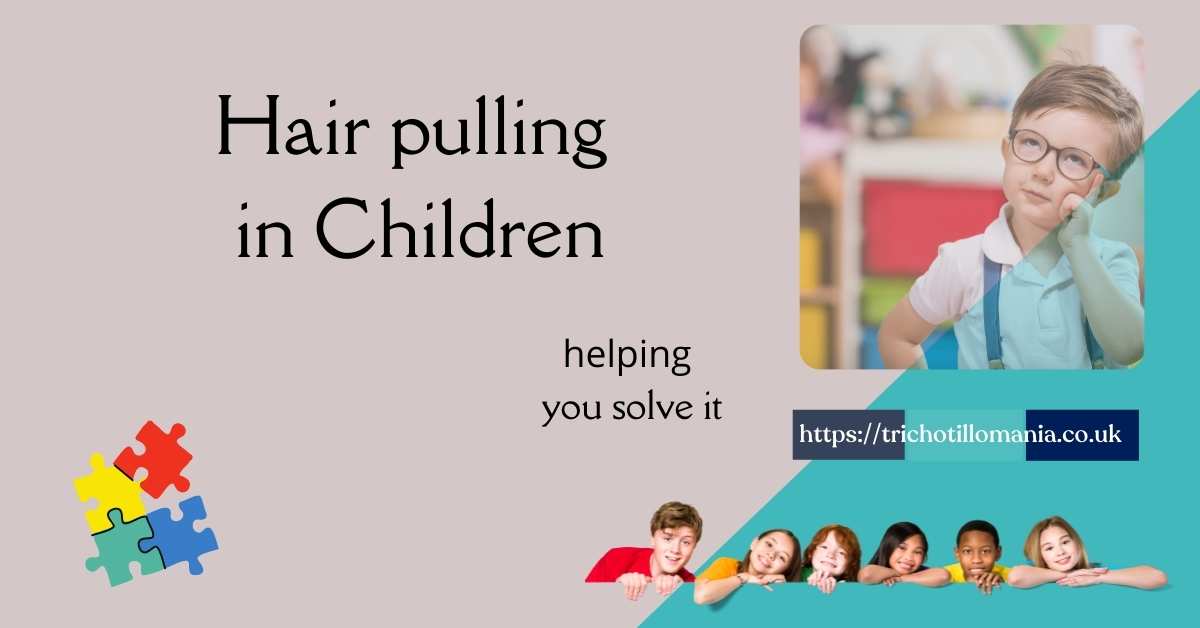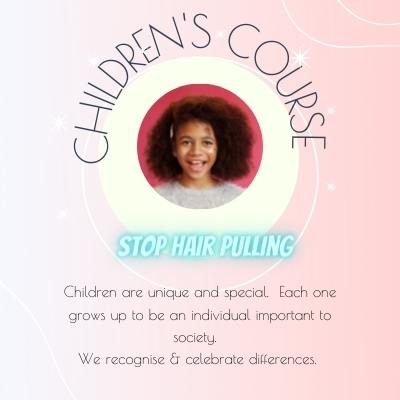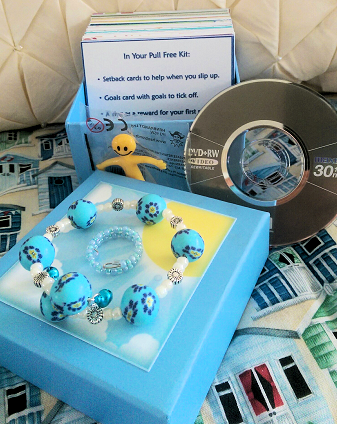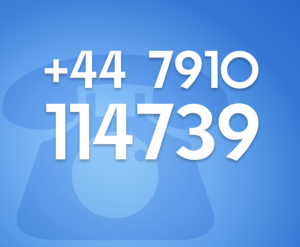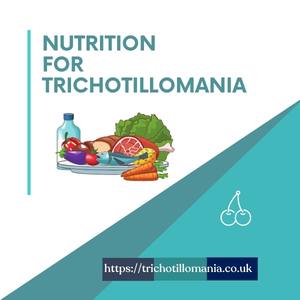Early childhood hair pulling (prior to age 5) may not be the same kind which begins later in life, however both types often occur in the same families.
Hair pulling can be an extension of natural childhood behaviours and can last a short time, but if it recurs over a period of more than 6 months, it is probably trichotillomania.
Many children adore feeling different textures and touch their heads, hair, eyes etc. These touches vary from gently stroking their heads to poking around in their noses. Some self-comfort by swinging or rocking or express anger by hitting out or crying.
Until school age, we ask all the adults in the child’s life to consistently ignore hairpulling while encouraging & modelling self-soothing.
Children with trichotillomania generally are more sensitive to textures and some may have a tough time getting to sleep.
From a clinical viewpoint, there may be little guidance available for very young hairpulling children. There is usually no evidence of trauma or distress being related to hairpulling in under fives. People who pulled their hair out for a considerable length of time, before stopping, can be helpful; explaining to the child how stopping hairpulling in childhood can create a happier future. We can also share tools and techniques which helped us stop hairpulling.
Talk to a professional outside the family about how YOU feel as the parent. Why is this so important? If you don’t do this, you will inevitably reveal your distress to the child.
Is Childhood Hair pulling a phase?
Hair pulling can be an extension of natural childhood behaviours and can last a short time, but if it occurs over a period of more than 6 months, it is probably trichotillomania.
Many children adore feeling different textures and touch their heads, hair, eyes etc. These touches vary from gently stroking their heads to poking around in their noses. Some self-comfort by swinging or rocking or express anger by hitting out or crying.

